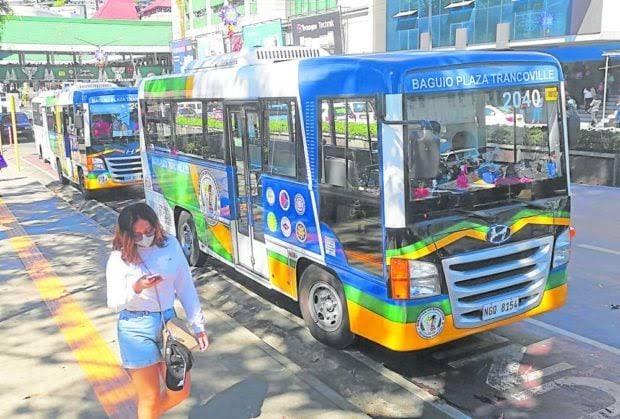EVAP Biona said e-jeepneys won’t be able to operate in Baguio, Cordillera due to the engine’s stress and long travel duration that a conventional jeep can endure.
Jose Bienvenido Manuel Biona, executive director of the Electric Vehicle Association of the Philippines (EVAP said that a 23-seater electric jeepney (e-jeepney) may not be able to operate yet in the areas of Baguio and Cordillera since the road topography requires more power than conventional electric vehicles.
Biona said that the e-cars industry is being popularized as a practical alternative to gasoline-run vehicles to address the impact of climate change and fluctuating fuel prices on the recovering economy.
Last week, Socioeconomic Planning Secretary Arsenio Balisacan said that President Marcos Jr backed plans to temporarily lift tariffs on imported e-vehicles to promote transport such as passenger cars, buses, minibuses, vans, trucks, motorcycles, tricycles, scooters, and bicycles, Inquirer reported.
“But will e-jeepneys work in Baguio? No. There needs to be modification,” Inquirer quoted Biona noting that current models of e-jeepneys do not have the 40-kw to 50-kw battery power for navigating steep roads.
He added that e-jeepneys would also need a 36-kwh battery size or type which are not currently used by e-vehicles in the market.
Last November 27, Biona claimed to have traveled three routes in Baguio, and he explained that “I would not want to risk running electric jeepneys here,” due to the engine’s stress and long travel duration that a conventional jeep can endure.
He emphasized that electric mass transport would be adaptable throughout the Cordillera if e-jeepneys were provided with the right equipment to withstand the strains of mountain roads.
However, he continued that it would take six months to modify an e-jeepney for use in the area due to supply chain issues brought on by the pandemic.
An e-jeepney costs more than ₱2 million, but Biona estimated that operators would require up to ₱3 million to make modifications for use on mountain roads.
Further, the Department of Transportation’s (DoTr) PUV modernization program may be tapped to support the redesign of e-jeepneys by providing facility loans and other funds for the purchase of a fleet of e-jeepneys.
Despite that, PUV drivers and individual drivers, would still need upfront support to make e-vehicles a financially sound option.
For instance, Biona suggested that local governments across the country develop a battery leasing fund to assist in lowering the price of new batteries.
He explained that the battery swapping scheme used by e-jeepneys on the road will allow a PUV to continue rolling while its drained battery unit recharges at the closest charging station.
He said local governments could also develop green vehicle financing programs and reduce down payments.
Tags: #Ejeepneys, #Baguio, #Cordillera, #batteries
